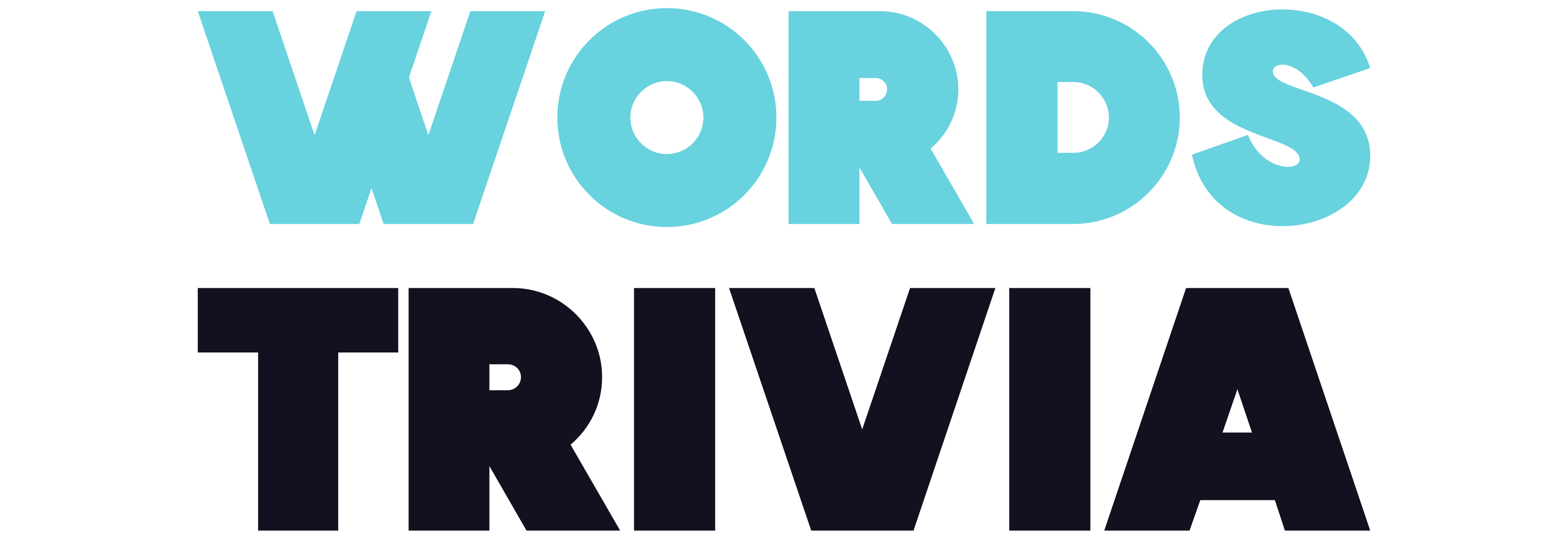Unravelling the Mysteries of the English Language
Welcome to the world of homophones, where words sound the same but have different meanings, and sometimes different spelling. Homophones can be a source of much confusion for those learning English, as well as those who have been speaking the language their entire lives. They can also provide a whole lot of fun and fascination. Today, we're going to explore seven homophones that might just completely blow your mind.
The Classic Pair: Aisle and Isle
Our first pair of homophones are 'aisle' and 'isle'. 'Aisle' refers to a passage between rows of seats in a building like a church or theatre, or between shelves of goods in supermarkets. 'Isle', on the other hand, is a geographical term which is short for island. Pretty different, right?
The Wine Lovers' Dilemma: Compliment and Complement
Our next pair is 'compliment' and 'complement'. 'Compliment' is a nice thing you say about someone, as in "I like your dress". 'Complement', however, is something that completes or goes well with something. For instance, a wine may complement a cheese, enhancing its flavor. So, next time you’re at a wine tasting, make sure to use the right term!
The Confectionery Conundrum: Dessert and Desert
The third pair of homophones is 'dessert' and 'desert'. 'Dessert' is the sweet course that concludes a meal. 'Desert', however, can either refer to a barren sandy place, or the act of abandoning someone or something. Not exactly the same!
The Taxing Twosome: Principle and Principal
Our fourth pair is 'principle' and 'principal'. 'Principle' refers to a fundamental truth or law as the basis of reasoning or action. 'Principal', can either mean the most important or senior person in an organization, or the original sum of money lent or invested, before interest. It's easy to see how these could get mixed up!
The Furry Fiasco: Hare and Hair
Next up, we have 'hare' and 'hair'. A 'hare' is a fast-running, long-eared mammal that resembles a large rabbit. 'Hair', on the other hand, is the fine threadlike strands growing from the skin of humans, mammals, and some other animals. So, unless you've got a furry creature growing on your head, you probably mean 'hair'!
The Puzzling Pair: Stationary and Stationery
Our sixth pair of homophones is 'stationary' and 'stationery'. 'Stationary' means not moving or not intended to be moved. 'Stationery', however, refers to the items needed for writing, such as paper, pens, pencils, and envelopes. Definitely not to be confused!
The Final Face-off: Cite, Sight, and Site
Last but not least, we have a trio of homophones: 'cite', 'sight', and 'site'. To 'cite' is to refer to a passage, book, or author as evidence for an argument. 'Sight' refers to the ability to see, or something that's worth seeing. A 'site', however, is an area where something is, was, or will be constructed or has taken place.
Wrapping it all up
So, there you have it: seven sets of homophones that might just leave you reeling. While they can be tricky, homophones are also a testament to the richness and complexity of the English language. They show us that words are not just about their sounds, but also about their meanings and contexts. So, the next time you're in doubt about which 'complement' to use, or whether you've seen a 'sight' or a 'site', remember: it's all part of the fun of language!
